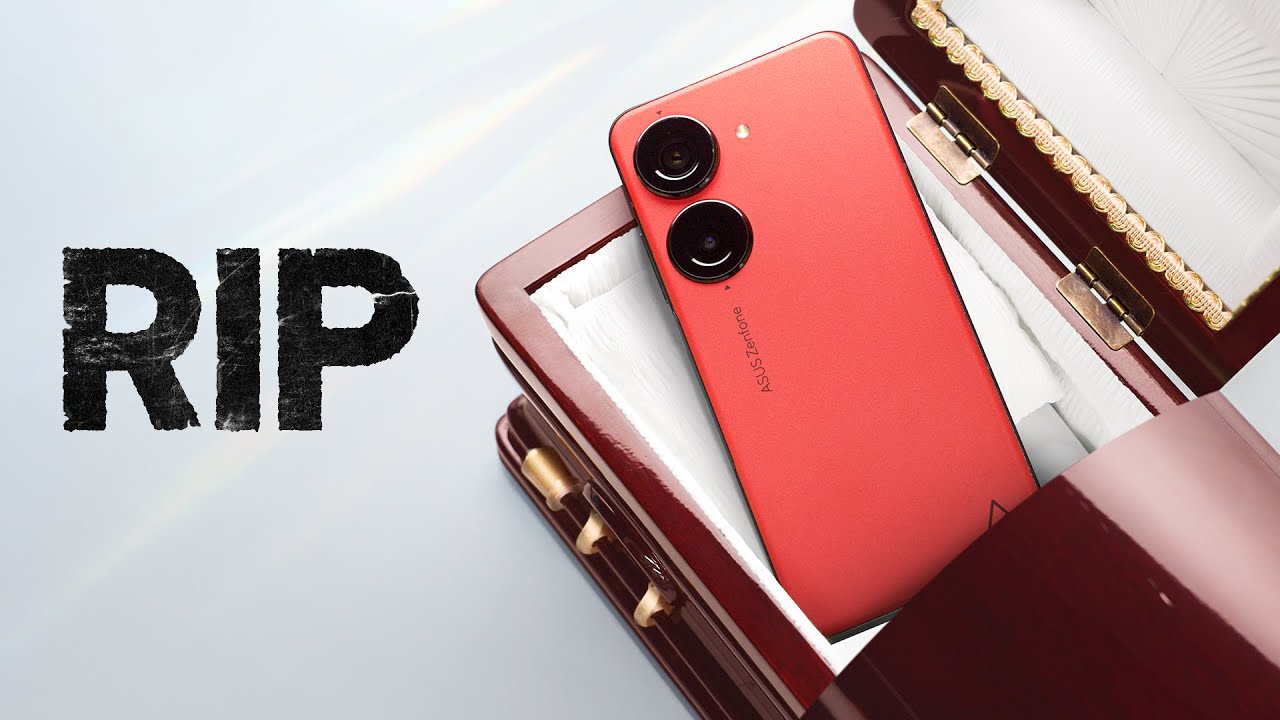This comprehensive analysis explores the shift from small to large flagship smartphones and delves deep on the compromises in budget models, highlighting industry trends and consumer preferences.

The Shift Towards Larger Smartphones
Over recent years, the smartphone industry has witnessed a significant shift towards larger devices. This trend is evident across various brands and models, marking a move away from smaller flagship phones. Brands like Samsung and Apple have gradually increased the size of their flagship models, phasing out smaller versions such as the iPhone Mini due to underwhelming sales figures despite positive reviews.
The Decline of Small Flagship Phones
Samsung’s Galaxy S Mini series and Apple’s iPhone Mini were introduced as compact alternatives to their increasingly larger mainline counterparts. However, these smaller versions saw limited lifespans. For instance, Apple discontinued its iPhone Mini series after just two iterations – the iPhone 12 Mini and iPhone 13 Mini – primarily because they accounted for only about 5% of total sales in their lineup.
Asus also followed this trend with its Zenfone series. The Zenfone 9 was well-received for its performance and compact size but was soon replaced by larger models like the Zenfone 11 Ultra, which boasts a 6.8-inch display. This shift reflects broader market dynamics where consumer preference leans heavily towards larger screens that offer enhanced functionality and better viewing experiences.
Strategic Shifts in Smartphone Manufacturing
Manufacturers are not just increasing phone sizes whimsically; these decisions are deeply rooted in market research and consumer behavior analytics. Apple’s strategy under Tim Cook’s leadership in supply chain management exemplifies how market demands shape product offerings. This strategic pivot is not confined to flagship models but is also visible in budget and mid-range categories.
A Closer Look at Budget Smartphones
The evolution of budget smartphones also offers intriguing insights. These devices manage to bring substantial technology to more price-sensitive consumers while making calculated compromises on features.
Highlighting Popular Budget Models
- iPhone SE: Known for its robust build quality and excellent cameras.
- Samsung Galaxy A54: Offers a large screen suited for media consumption.
- Pixel 7A: Stands out with superior software integration and camera capabilities.
- A $350 Phone with Distinct Design: Features a transparent design inspired by the NYC subway map, dual cameras, a large AMOLED display, and runs on Nothing OS 2.5 based on Android 14.
Despite some trade-offs like less powerful processors or lower resolution screens compared to premium models, these budget smartphones deliver substantial value. They often retain critical features from higher-end models such as advanced software settings aimed at enhancing user experience.
Design Innovations in Budget Devices
The uniquely designed $350 phone not only offers good battery life with its 5000-milliamp hour capacity but also brings an aesthetic appeal with its glyph pattern back inspired by urban elements. It’s an example of how design can play a pivotal role even in budget segments, making technology accessible yet appealing.
Conclusion
The smartphone industry continues to evolve rapidly with changing consumer preferences at its core. The transition towards larger devices seems irreversible now as both high-end flagships and budget smartphones embrace bigger screens. Meanwhile, small flagship phones have become rare gems – cherished more for nostalgia than practicality in today’s market scenario.